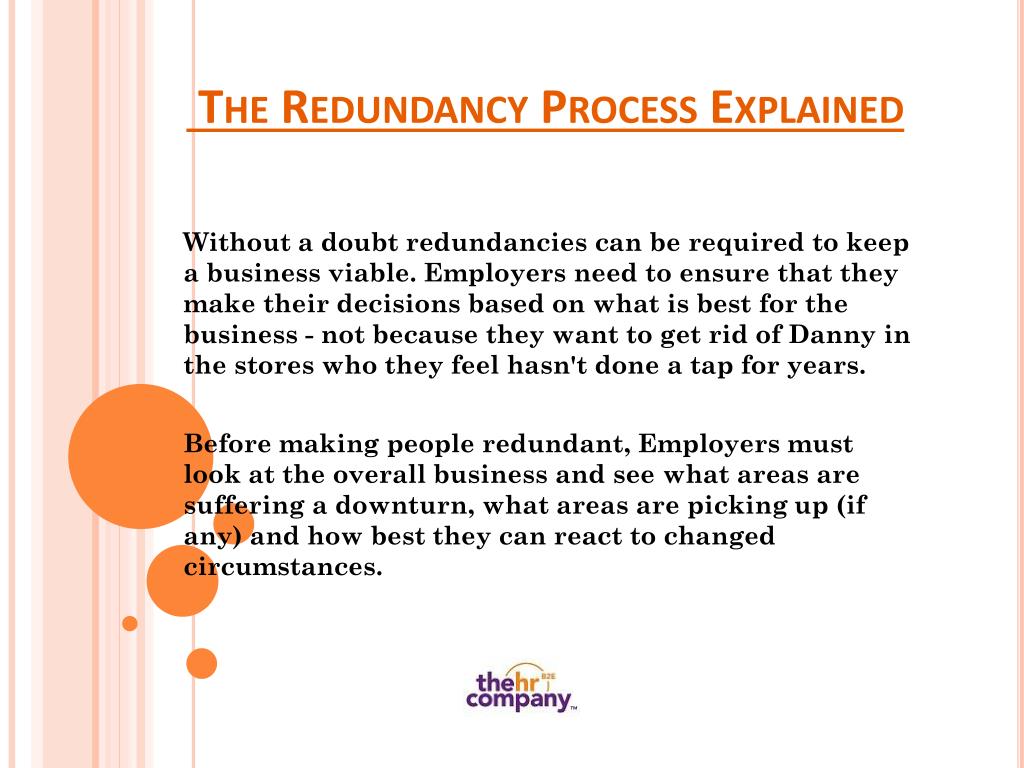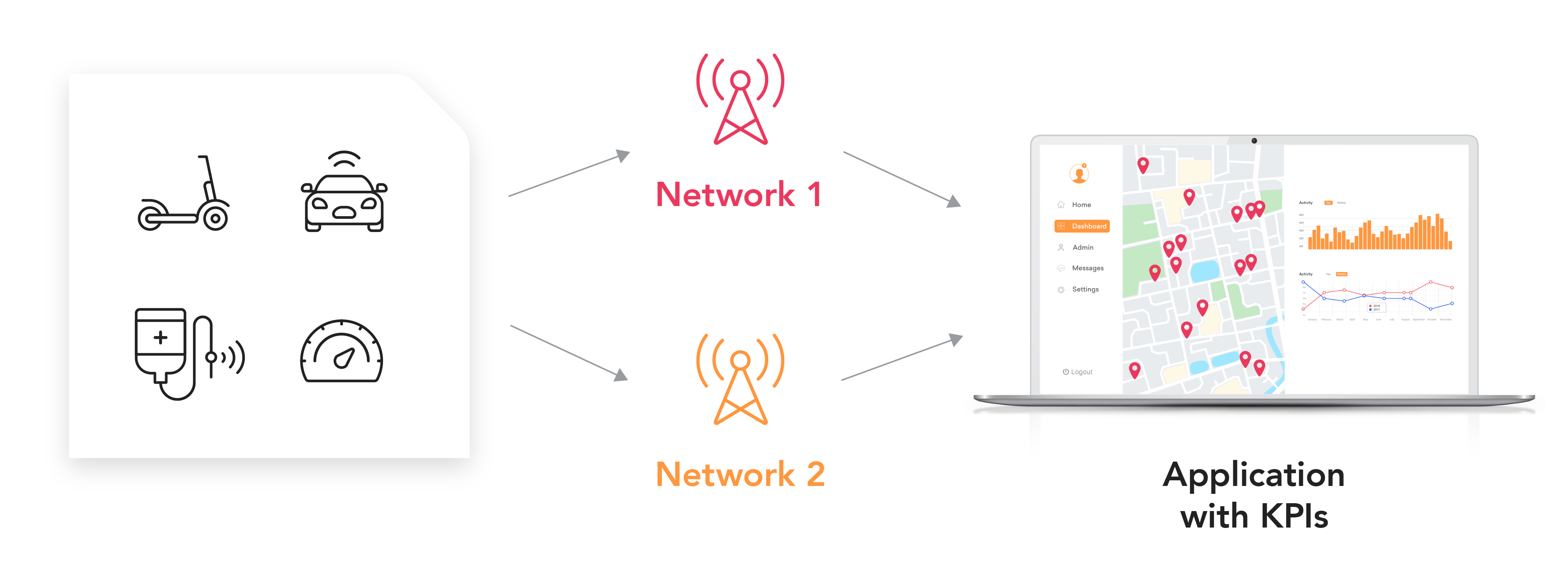Redundancy Pay If Company Goes Bust: Recognizing Your Privileges in the UK
Redundancy Pay If Company Goes Bust: Recognizing Your Privileges in the UK
Blog Article
Examining the Interaction Between Firm Redundancy and Organizational Flexibility for Future Growth
In the dynamic landscape of today's service globe, the intricate relationship in between company redundancy and organizational adaptability emerges as a critical factor for sustained growth and success. Companies typically encounter the obstacle of striking a fragile equilibrium in between keeping a degree of redundancy to mitigate risks and fostering adaptability to respond quickly to the ever-evolving market demands.
Significance of Business Redundancy
Business redundancy is an important aspect that improves organizational durability and reduces operational risks. By incorporating redundancy measures within the organizational structure, firms can much better stand up to unpredicted disturbances and changes in business atmosphere. Redundancy works as a tactical buffer, permitting firms to adjust and respond efficiently to unexpected obstacles without endangering vital operations.
One key facet of the value of business redundancy is its role in ensuring connection during times of crisis. When confronted with unexpected changes or emergency situations, redundant systems, resources, or employees can action in to maintain critical features and avoid widespread disturbances. This continuity not just safeguards the business's online reputation and client trust yet likewise minimizes monetary losses and operational downtime.

Approaches for Business Flexibility

Developing adaptable organizational frameworks that allow for fast changes to market dynamics and customer demands is crucial for remaining competitive in a rapidly advancing setting. By proactively determining potential disturbances and chances, organizations can proactively adjust and prosper in an ever-changing business landscape.
Harmonizing Redundancy and Adaptability
Attaining an unified stability in between functional redundancy and organizational adaptability is vital in browsing the complexities of a vibrant business atmosphere. Redundancy within a company gives a safety and security internet, guaranteeing connection and stability in procedures. Nevertheless, an unwanted of redundancy can cause inefficiencies and prevent adaptability to transforming market conditions. On the other hand, business versatility permits firms to react promptly to outside disturbances and seize brand-new opportunities. Striking the best equilibrium between redundancy and versatility is a fragile process that calls for a deep understanding of the organization's goals, sector dynamics, and danger resistance.
To attain this equilibrium, firms require to perform routine evaluations of their procedures to determine areas where redundancy is required click this for danger mitigation and where adaptability can drive innovation and growth. Implementing adaptable frameworks, cultivating a find more information culture of constant knowing and improvement, and encouraging open interaction throughout all levels of the organization are key strategies to integrate redundancy and versatility successfully. By lining up these two critical components, business can position themselves for lasting development and success in an ever-changing company landscape.
Case Studies on Adjustment Success
In examining instances of successful organizational adaptation, it ends up being obvious that the interaction in between functional redundancy and flexibility is a specifying variable in forming resilient businesses. A DVD rental service, Netflix demonstrated remarkable adaptability by transitioning into a streaming platform when digitalization disrupted the industry. These case studies underscore the significance of operational redundancy paired with business flexibility in cultivating long-lasting growth and competitiveness.
Building Resilience for Future Development
Structure durability for future growth requires a tactical alignment of functional procedures with market dynamics and emerging trends. Firms need to adjust to changing environments by cultivating a society of versatility, development, and continuous renovation. Durability includes not only jumping back from read obstacles but also proactively planning for future difficulties. One essential facet of structure resilience is buying durable risk monitoring methods to reduce possible interruptions. This includes circumstance planning, expanding supply chains, and establishing contingency strategies for various backups (who pays redundancy money).
In addition, promoting solid relationships with stakeholders, such as clients, staff members, providers, and the area, is vital for keeping and weathering unpredictabilities count on and assistance during rough times. Reliable communication and transparency play a crucial duty in building durability, as they aid align expectations and assist in partnership in browsing unpredictabilities.
Furthermore, organizations require to focus on learning and development efforts to upskill staff members and outfit them with the necessary tools to adapt to transforming conditions. By buying their workforce, companies can improve their versatility and dexterity, inevitably reinforcing their strength for lasting future growth.
Conclusion

In the vibrant landscape of today's company globe, the intricate partnership in between business redundancy and business adaptability arises as an essential variable for continual growth and success. Business often deal with the difficulty of striking a fragile balance between preserving a degree of redundancy to minimize risks and promoting versatility to react promptly to the ever-evolving market demands.To attain this equilibrium, firms need to conduct routine evaluations of their procedures to recognize locations where redundancy is necessary for risk mitigation and where versatility can drive advancement and development.In verdict, the interaction in between firm redundancy and business flexibility is crucial for future growth. Building resilience through a combination of redundancy and adaptability will ensure that companies are prepared for the challenges of the future.
Report this page